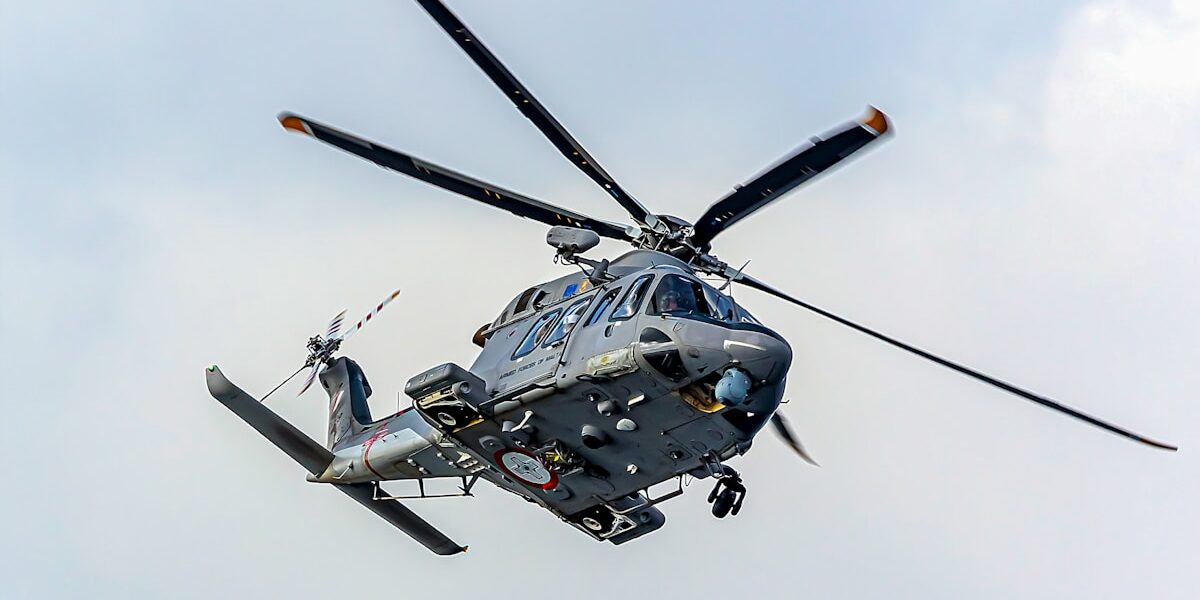The Sikorsky UH-60 Black Hawk
The Sikorsky UH-60 Black Hawk is a multi-mission helicopter that has been the workhorse of the U.S. Army since it was introduced in the late 1970s. Developed by Sikorsky Aircraft, a subsidiary of Lockheed Martin, the helicopter embodies the crucial capabilities needed by military forces. It’s known for its versatility, durability, and advanced technological features.
Development and History
The origins of the Black Hawk can be traced back to the early 1970s. The U.S. Army was seeking a replacement for the UH-1 Iroquois, commonly known as the Huey, which had been a pivotal asset during the Vietnam War. The Army specified the need for a more powerful, durable, and efficient helicopter able to withstand the rigors of modern combat.
Sikorsky won the UTTAS (Utility Tactical Transport Aircraft System) competition with the prototype UH-60A. The first flight was in October 1974. The Black Hawk entered production in 1976 and was later delivered to the U.S. Army in 1978. The design has evolved with numerous variants developed to meet diverse mission requirements.
Design and Features
The UH-60 Black Hawk is a twin-engine, medium-lift utility helicopter. It can perform a wide range of operations from logistics support to air assault. The fuselage is streamlined and built to reduce radar cross-section. It incorporates crashworthy features and survivability enhancements against small arms fire.
The helicopter’s key features include a single four-bladed main rotor and a four-bladed tail rotor. It is equipped with advanced avionics and electronics for improved mission support. The Black Hawk’s glass cockpit is fitted with multifunctional displays and modernized navigation systems.
Performance Specifications
- Engine: Typically powered by two General Electric T700 turboshaft engines.
- Maximum Speed: Around 222 miles per hour (357 kilometers per hour).
- Range: Approximately 370 miles (600 kilometers).
- Service Ceiling: 19,000 feet (5,790 meters).
- Rate of Climb: 1,315 feet per minute (6.68 meters per second).
Operational Uses
The Black Hawk excels in various missions beyond its primary transport role. In combat, it can quickly deliver troops and provide logistical support. It also operates evacuation and medical transport services. The helicopter plays a significant role in reconnaissance missions due to its agility and advanced surveillance capabilities.
Its flexibility allows it to serve as an armed helicopter with mounted weapon systems. The Black Hawk can be equipped with machine guns, rockets, and missiles for offensive capabilities. It serves effectively in disaster response, troop transport, command and control missions, and even VIP transport.
Global Presence
Apart from the U.S. military, the Black Hawk’s reliability has attracted international interest. Numerous countries have purchased and deployed their versions of the Black Hawk for their armed forces. It is a preferred choice in regions with difficult terrains and climates owing to its performance under extreme conditions.
Countries like Japan, Australia, Saudi Arabia, and Colombia operate Black Hawks. Its global usage underscores the helicopter’s reputation as a durable and versatile aircraft.
Modernization and Future Prospects
Sikorsky continues to update and modernize the Black Hawk to meet future requirements. Newer variants feature improved engines, advanced avionics, and digital systems. Technologies such as fly-by-wire controls and enhanced survivability measures have been integrated into recent models.
The Future Vertical Lift (FVL) program also highlights possible advancements in rotary-wing aircraft. While the Black Hawk remains essential to the current fleet, the development of next-generation helicopters may influence its long-term role.
Conclusion
The Sikorsky UH-60 Black Hawk stands out for its adaptability and capability. It demonstrates remarkable resilience and has proven invaluable across numerous military operations worldwide. While technological advances continue to shape its future, the Black Hawk leaves a profound legacy in the annals of aviation history.
Recommended Aviation Gear
David Clark H10-13.4 Aviation Headset – $376.95
The industry standard for aviation headsets, trusted by pilots worldwide.
Pilot’s Handbook of Aeronautical Knowledge – $25.42
The official FAA handbook – essential reading for every pilot.
As an Amazon Associate, we earn from qualifying purchases.
